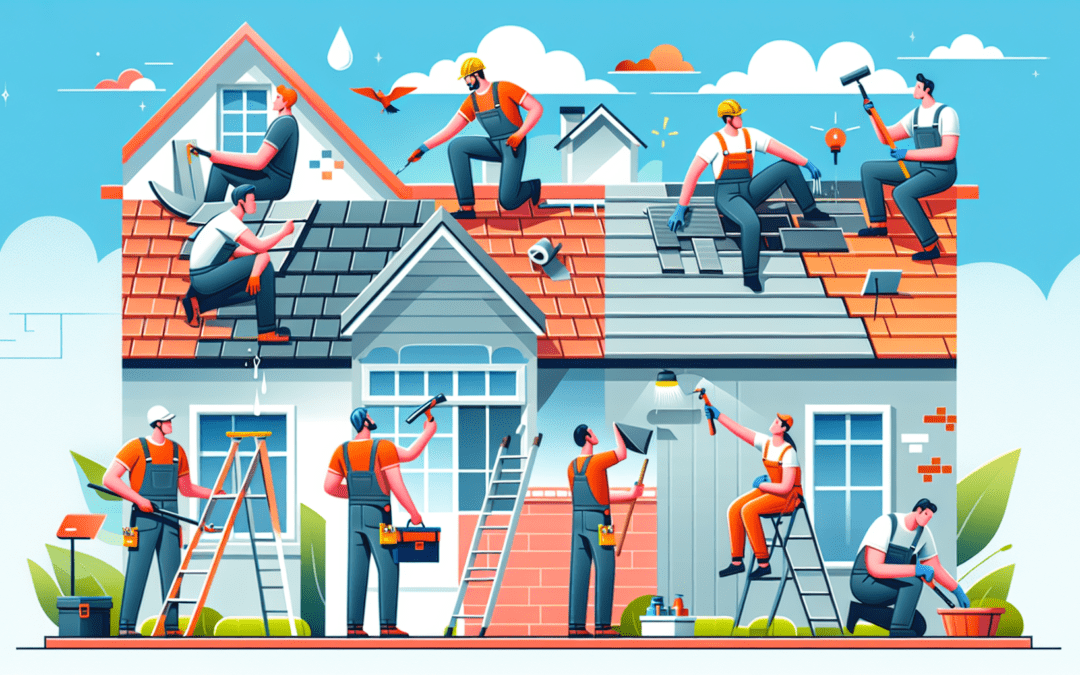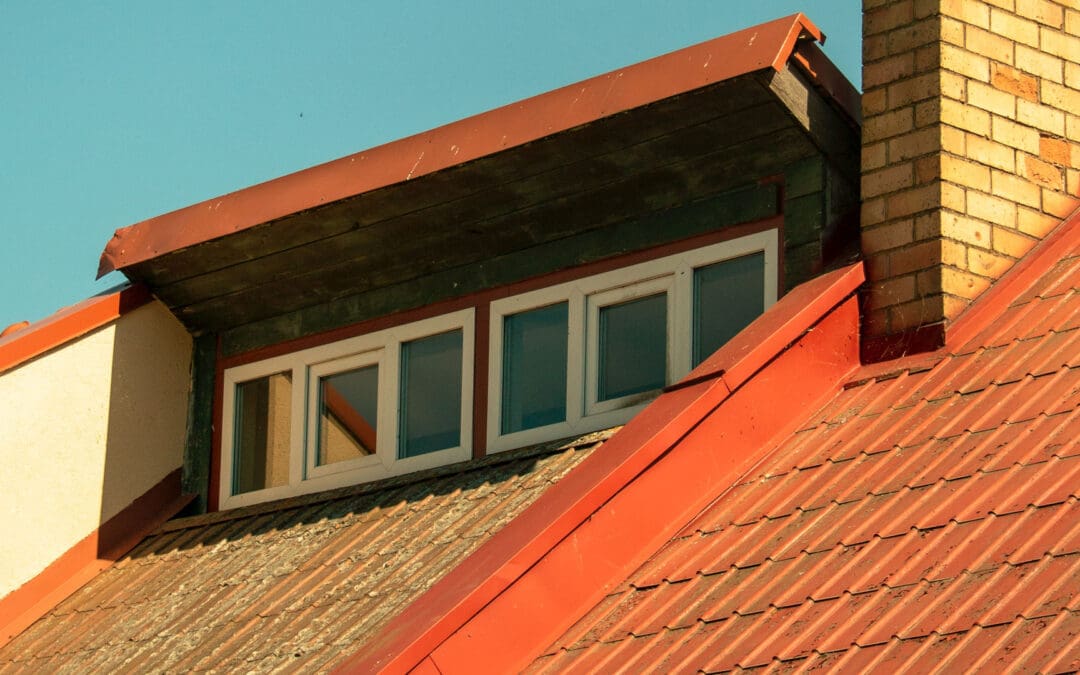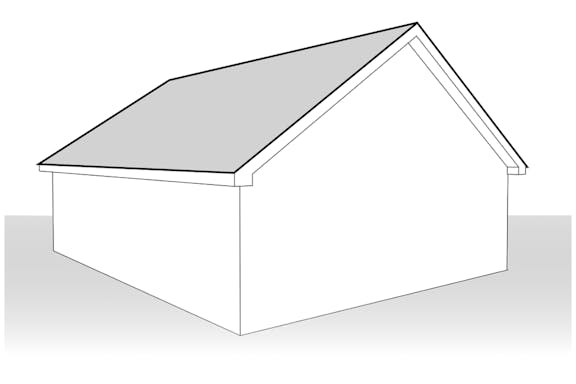
Key Steps in the Roof Replacement Process
Key Steps in the Roof Replacement Process
Replacing the roof of your home is a significant project that requires careful planning and execution. It’s not just about removing old shingles and installing new ones; the process involves several key steps that ensure the longevity and durability of your new roof. Below are the crucial phases in the roof replacement process that homeowners should be aware of.
1. Initial Inspection and Assessment
The first step in the roof replacement process is having a professional conduct a thorough inspection of your existing roof. This inspection will assess the condition of your roof, identify any issues such as leaks, rot, or damage, and determine if a replacement is necessary. The findings from this inspection will help in preparing an accurate estimate of the work needed and the costs involved.
2. Choosing Roofing Materials
Once a replacement has been deemed necessary, the next step is selecting the right roofing materials for your home. This decision will be influenced by several factors, including your budget, the architectural style of your house, and the climate in your area. Common roofing materials include asphalt shingles, metal, tile, and wood shakes. A roofing professional can help you weigh the pros and cons of each material to find the best fit for your needs.
3. Removing the Old Roof
Before the new roof can be installed, the old materials need to be carefully removed. This step involves stripping away all existing shingles, underlayment, and, in some cases, the decking. It’s essential to have a skilled team carry out this process to avoid any damage to the structure of your home. The removal also provides an opportunity to inspect the decking and framing for any hidden damage that needs repair.
4. Repairing the Roof Deck
If any issues are found with the roof deck during the removal of the old roof, these need to be addressed before proceeding. This could involve replacing sections of the decking, reinforcing areas to handle the weight of the new roofing material, or fixing water damage. Ensuring that the roof deck is in good condition is crucial for the longevity of your new roof.
5. Installing the New Roof
With the site prepared, the installation of the new roof begins. This step typically starts with laying a water-resistant or waterproof underlayment to protect the roof deck. Following this, the new roofing material is installed, starting from the bottom edge of the roof and working upwards. The installation process varies depending on the type of material selected but often involves nailing or screwing the new shingles or panels into place.
6. Finishing Touches and Cleanup
After the main portion of the roof has been installed, attention turns to the details. This includes installing flashing around chimneys, vents, and other roof penetrations to prevent leaks. Gutters and downspouts may also be installed or replaced at this time. Finally, a thorough cleanup is done to remove any debris, nails, or waste materials from the property, leaving your home and yard as it was before the work started.
7. Final Inspection and Warranty
The last step in the roof replacement process is a final inspection performed by the roofing contractor. This ensures that the installation meets all local building codes and manufacturer guidelines. It’s also an opportunity for the homeowner to ask any questions and go over the maintenance and warranty information for their new roof. A good warranty can provide peace of mind, covering potential issues that may arise with the new roof in the future.
In conclusion, the roof replacement process is intricate and necessitates meticulous attention to detail at every stage. By understanding these key steps, homeowners can better prepare for what to expect and make informed decisions throughout their roof replacement project, ultimately ensuring a successful and lasting upgrade to their home.













